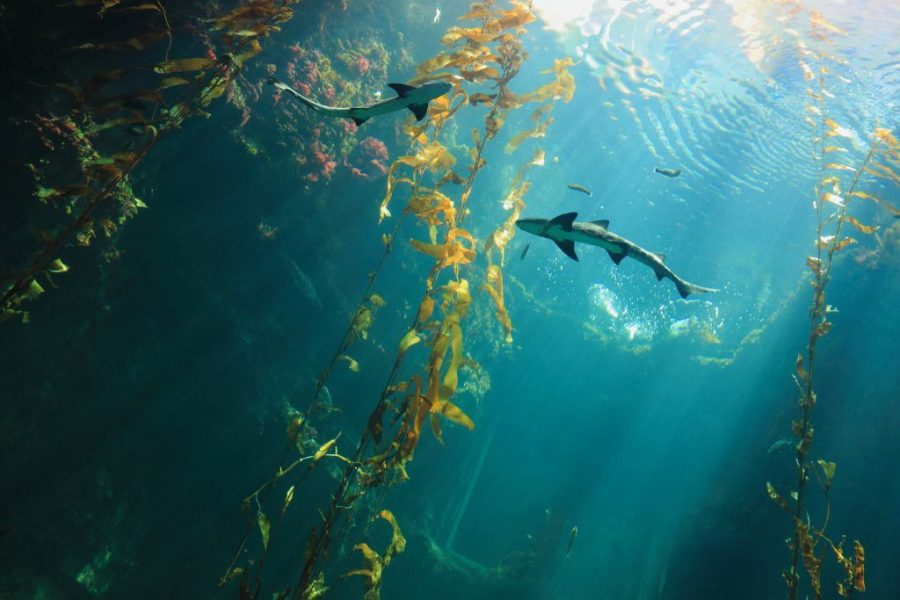
The ocean is a noisy place. Waves, storms, earthquakes, volcanic eruptions, and marine animals all produce sound. Humans, too, are responsible for a cacophony of sound – ships, oil drilling, sea-bed mining, construction, and sonar devices all generate underwater noise. These activities have caused noise levels in the world’s oceans to double every decade since the 1950s. Yet, we are only beginning to understand its adverse effects on marine life. Read on to learn more about ocean noise pollution and what we can do to fix it.
—
Sound travels in the ocean through waves, just like it does in the air. However, sound waves move faster and farther in water. This is because water is denser than air, and sound waves travel more quickly through thicker materials. In freshwater, sound waves can travel 1,482 metres in a second, which is over four times faster than in air.
Sound can also travel for long distances in water without losing energy. In the ocean, the song of a humpback whale can travel thousands of kilometres – and so can the rumble of a large container ship engine.
For most whales and other aquatic species, eyes are only occasionally useful. As light in the ocean decreases with depth, so does underwater visibility. A thousand metres below water, the ocean is an inky darkness. Even in the upper part of the ocean, the water can be murky, depending on factors such as temperature and sedimentation.
Fish have adapted to hearing in this low-visibility environment. Some species have a special organ called the swim bladder, which helps amplify sounds. Others have a lateral line system, a series of sensory organs that run along the sides of their bodies. The lateral line system can detect vibrations in the water, which helps fish to “see” in the dark. For many marine animals, listening is a full-body experience as they are completely immersed in sound.
From low-frequency rumbles to high-frequency clicks and whistles, sounds help marine animals to communicate, navigate, and find food. Clownfish, for example, use chirping sounds to defend their territory. Whales use echolocation to create a mental map of their surroundings by bouncing sound waves off objects and listening to the echoes. Sharks can detect the sound of a fish’s heartbeat, which helps them to hunt their prey.
However, human-made noise interferes with these essential processes by masking these sounds, making it difficult for animals to communicate or find food. These consequences can be fatal. Noise pollution has been linked to whale stranding as it interferes with their ability to navigate. It can also drive them ashore by deafening or disorienting them.
Fortunately, we are already in possession of solutions to turn down the volume. For example, it is possible to build ships with quieter engines – navies have been doing it for years. New technology also promises a quitter execution of seismic surveys, in which sound blasts help us map the Earth.
Nevertheless, we can always do more. For example, we need laws that ban or regulate activities such as offshore drilling and deep sea mining, which not only generate a clamour but also devastate the marine environment.
Of all the stressors to our ocean, noise pollution is an easy one to remove – so why don’t we?
You might also like: What Is Ocean Deoxygenation And Can We Stop It?